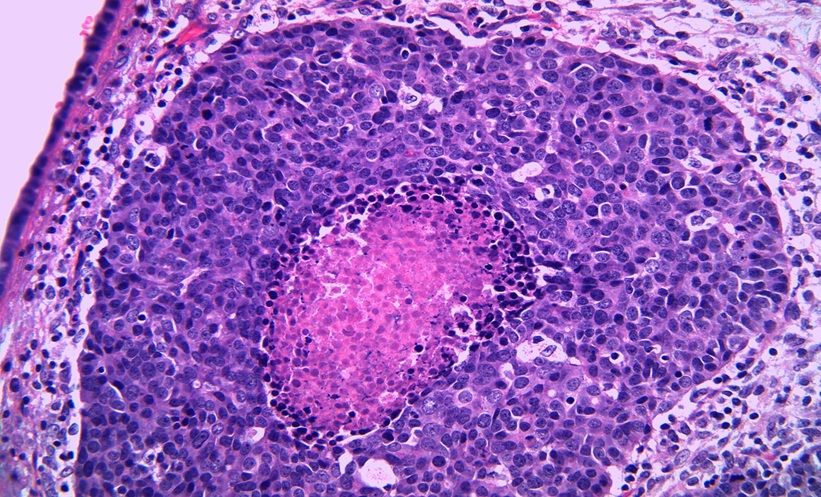Although placement of a synthetic midurethral sling (MUS) is the most commonly performed procedure for female stress urinary incontinence (SUI),1,2 it remains a sling procedure and, as such, can be fraught with secondary complications including voiding dysfunction,3-5 incontinence,3-5 pain (8–16%),6 dyspareunia (6–7.5%),3,4 and/or vaginal mesh exposure.3-5
As a tertiary care centre, we encounter MUS complications at a very high rate, and therefore have to perform several synthetic sling removal (SSR) procedures every year. The majority of these patients suffer for a long time before they are finally referred to us or find us through a friend, a lawyer recommendation, or following an internet search. Many of these patients are assigned diagnoses like refractory urgency, pelvic pain, and interstitial cystitis, and have had a range of therapies offered to them with no durable benefit. To complicate the matter further, some of these patients with complications after MUS have undergone a sling incision to help address their original complaints while leaving some urethral support to protect them from recurrent SUI. Typically, after a sling incision they are deemed to be cured, but some may continue to suffer and undergo unnecessary treatments as not all sling incisions are successful in relieving lower urinary tract symptoms.
The management of MUS complications remains a matter of debate, and the long-term outcome data after removal of MUS is uncertain. Some series have reported that these complications occur at various rates (it is not easy to calculate complication rates in the absence of a registry, which would keep a record of all MUS that are placed), while other series have reported follow-up data on a specific domain such as incontinence, pain, or vaginal mesh exposure. However, this is the first study reporting on mid and long-term outcomes on all presenting complaints ranging from voiding dysfunction to incontinence, pain, dyspareunia, or even recurrent urinary tract infections.
We often struggle with outcome success definition after SSR because the baseline clinical information on the severity and degree of inconvenience of the urinary incontinence before MUS placement is uniquely dependent on patient recall. Rarely do we have access to baseline validated questionnaires or evaluation studies such as urodynamic testing or imaging. Therefore the most commonly used outcome data are based on patient self-report (patient reported outcomes [PRO]). Currently, most published series have just focussed on the rate of recurrent urinary incontinence7,8 (SUI or urge urinary incontinence [UUI]) or pain9 after SSR removal while ignoring other aspects of patient complaints such as resolution of pelvic pain and/or dyspareunia, mixed incontinence, and the number of further treatments required. Ideally a ‘cure’ or an ideal outcome in women after SSR should be defined as being “continent, pain-free, sexually active, and not requiring additional medical or surgical therapy”.10 In order to compare our outcome data with other studies, we were forced to produce an ideal or a cure definition based on a multi-domain or composite PRO report. As the criteria is so stringent, this ideal outcome will bring the success rate down but will allow more uniform reporting.
Clearly, this strict patient-reported definition of success leaves the door open for a large group of women who have improved or need minimally invasive secondary therapies such as a bulking agent for SUI or injection of botulinum toxin for UUI. This is shown in our data, where the ‘cure’ rate only applied to a quarter of our studied group of women, and over half remained in the observation arm. The women in the observed group are not fully cured, as many still have some mild incontinence, or degree of pelvic pain or dyspareunia. However, after a MUS placement followed by a removal procedure, i.e. two surgical procedures, many would rather opt for observation than undergo yet another corrective surgery with an uncertain outcome, unless intervention was considered ‘really’ minimally invasive. Time will tell if some of these women will ultimately convert to additional surgical or medical therapies.








